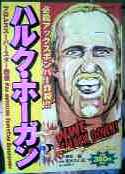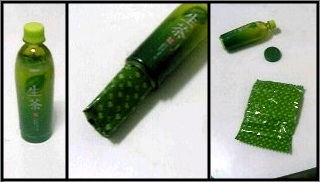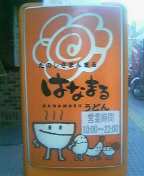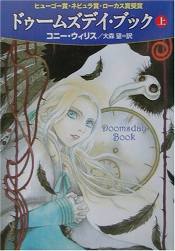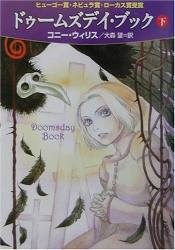When you wake up to an unnaturally quiet morning, you know that one of three things is true: either a zombie apocalypse has left the world a lonely wasteland, or it has snowed overnight, or both.
Last night we had snow but no zombies, and it was still snowing when I left for the bus stop. The roads were slushy and unsafe, and on top of that the bus was also full of third-year junior high school kids, because today is the day that high schools in my area announce who got in and who didn't, and they make you go to the school in person to find out.
These factors combined to make me spectacularly late -- more than half an hour! When I walked into the staffroom, I was expecting some ribbing. Instead, I found everyone standing around uncertainly, looking at their watches and writing things on the blackboard. Their eyes went wide when they saw me.
"Matt!" they said. "Did you come by bus?"
"Yeah, sorry. I caught my regular bus, but it ended up being this late... the snow and all..."
"Were there students on the bus with you? How many were there? Is it true that the bus stopped at Ishikawa Elementary School for 10 minutes?!"
You see, today is the first day of term-end exams, and a sizeable chunk of the student population didn't turn up on time. (Some of them were indeed on the bus with me.) But since the teachers all, and I mean all, drive cars to school, none of them knew exactly what the problem with the public transportation system was, or when it might be resolved.
I alone walk the mysterious world of the bus, where the students shriek and howl. I alone tread the road from the bus stop to school, along which the students perform their terrifying ritual of riding bicycles and reading e-mail at the same time. I bear the scars of these accursed outlands. I am the Shaman.
The bus was late coming and then late on its way, I told them. Warm and damp and crowded with lonely souls it was, not only junior high students but also old men, driven into the bus by the weather, sore and grumpy and unable to figure out the ticket machine. The students, they will come, but you must give them time, for the path they must travel is slippery and for some reason a bunch of trucks are blocking half the road out by the 7-11.
My role as representative of the Other World finished, I sat in my chair and fell silent. And as I drank the ceremonial green tea -- made according to strict ritual, viz. (1) put the teabag in the mug, and (2) fill the mug with hot water -- the other teachers decided to postpone the exam for 10 more minutes, by which time all of the students had indeed arrived.
![[No-sword]](http://no-sword.jp/images/site/no-sword_banner.jpg)




